当前位置:网站首页>Objective - C code analysis of the deep and shallow copy
Objective - C code analysis of the deep and shallow copy
2022-08-03 11:10:00 【Atemwood】
ocThis language belongs to the oddest of odds,Objects of basic types are divided into“可变”类型与“不可变”类型.
Such as the following types
| 可变 | 不可变 |
|---|---|
| NSArray | NSMutableArray |
| NSString | NSMutableString |
| NSNumber | NSMutableNumber |
| … | … |
Mutable types can be seen as“变量”,Immutable types can be thought of as“常量”.当然,Only superficially similar.
两种类型都是NSObject的子类,都实现了NSObject中的mutableCopy与copy方法.
about these two methods,Apple是这样介绍的:
在oc中 copy和mutableCopyTwo methods are used by all objects(继承自NSObject的类)继承的,These two methods are forcopy准备的.其中,mutableCopyis to create mutable types of primitive objectscopy.这两个方法分别调用copyWithZone和mutableCopyWithZoneTwo ways to do itcopy.A class must implementcopyWithZone或者mutableCopyWithZone,才能进行copy或者mutableCopy.
两种类型(可变、不可变),两种方法(mutableCopy、copy),There are four combinations:
- 可变类型调用copy
- 可变类型调用mutableCopy
- 不可变类型调用copy
- 不可变类型调用mutableCopy
These four combinations derive two concepts,浅拷贝与深拷贝:
- 浅copy: 指针复制,A new object will not be created.
- 深copy: 内容复制,会创建一个新的对象.
concept space,用代码来理解:
#import <Foundation/Foundation.h>
int main(int args, const char *argv[]) {
@autoreleasepool {
// 可变对象调用copy,mutableCopy
NSMutableString *mutableString1 = [[NSMutableString alloc] init];
[mutableString1 setString:@"hello1"];
id s1 = mutableString1.copy;
id s2 = mutableString1.mutableCopy;
NSLog(@"可变对象:%p %@", mutableString1,mutableString1.class);
NSLog(@"调用copy:%p %@", s1, [s1 class]);
NSLog(@"调用mutableCopy:%p %@ \n\n", s2, [s2 class]);
// 可变对象调用copy,mutableCopy
NSString *immutableString1 = @"hello2";
id s3 = immutableString1.copy;
id s4 = immutableString1.mutableCopy;
NSLog(@"不可变对象:%p %@", immutableString1,immutableString1.class);
NSLog(@"调用copy:%p %@", s3, [s3 class]);
NSLog(@"调用mutableCopy:%p %@", s4, [s4 class]);
}
return 0;
}
以第一部分“可变对象调用copy,mutableCopy”为例
Create a mutable object first,Then set a value for it“hello1”
NSMutableString *mutableString1 = [[NSMutableString alloc] init];
[mutableString1 setString:@"hello1"];
因为我们不知道copy与mutableCopyWhat type of object is returned,So we use twoid变量来获取
id s1 = mutableString1.copy;
id s2 = mutableString1.mutableCopy;
%pThe value of the pointer can be printed out,[s1 class]Can know which class it is,So the original variable can be printed out、copy对象和mutableCopyThe memory address and type of the object,如下.
NSLog(@"可变对象:%p %@", mutableString1,mutableString1.class);
NSLog(@"调用copy:%p %@", s1, [s1 class]);
NSLog(@"调用mutableCopy:%p %@ \n\n", s2, [s2 class]);
打印结果如下(Omit irrelevant parts):
可变对象:0x600003058ba0 __NSCFString
调用copy:0xaf10ee324c733912 NSTaggedPointerString
调用mutableCopy:0x600003058bd0 __NSCFString
可以看出,All three memory addresses are different,Indicates that a new object was created,因此
Mutable type callscopy与mutableCopy都是深拷贝
Take another look at the code for the immutable part
NSString *immutableString1 = @"hello2";
id s3 = immutableString1.copy;
id s4 = immutableString1.mutableCopy;
NSLog(@"不可变对象:%p %@", immutableString1,immutableString1.class);
NSLog(@"调用copy:%p %@", s3, [s3 class]);
NSLog(@"调用mutableCopy:%p %@", s4, [s4 class]);
Basically similar to the previous code,直接看输出:
不可变对象:0x100ce40e8 __NSCFConstantString
调用copy:0x100ce40e8 __NSCFConstantString
调用mutableCopy:0x600001980cc0 __NSCFString
可以看出:
- 不可变对象调用copy:浅拷贝
- 不可变对象调用mutableCopy:深拷贝
一句话总结:
Only immutable objects are calledcopy是浅拷贝,其他都是深拷贝
有关copy的深度长文:https://www.jianshu.com/p/5f776a4816ee
边栏推荐
猜你喜欢
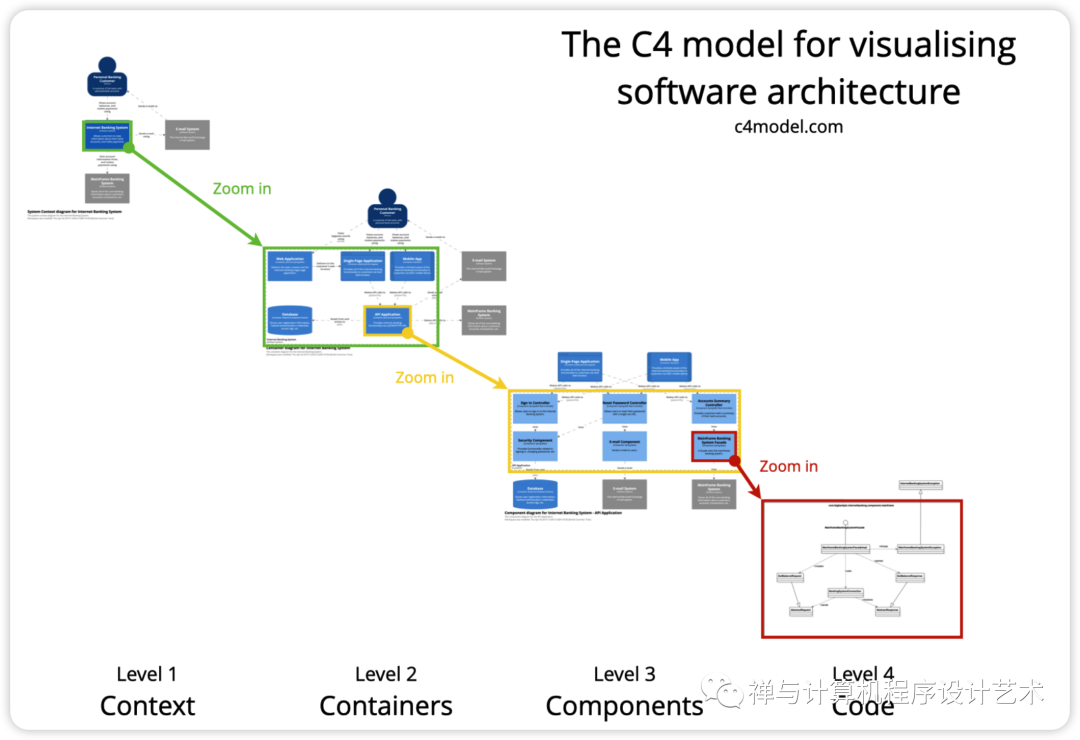
成为优秀架构师必备技能:怎样才能画出让所有人赞不绝口的系统架构图?秘诀是什么?快来打开这篇文章看看吧!...

Skills required to be a good architect: How to draw a system architecture that everyone will love?What's the secret?Come and open this article to see it!...
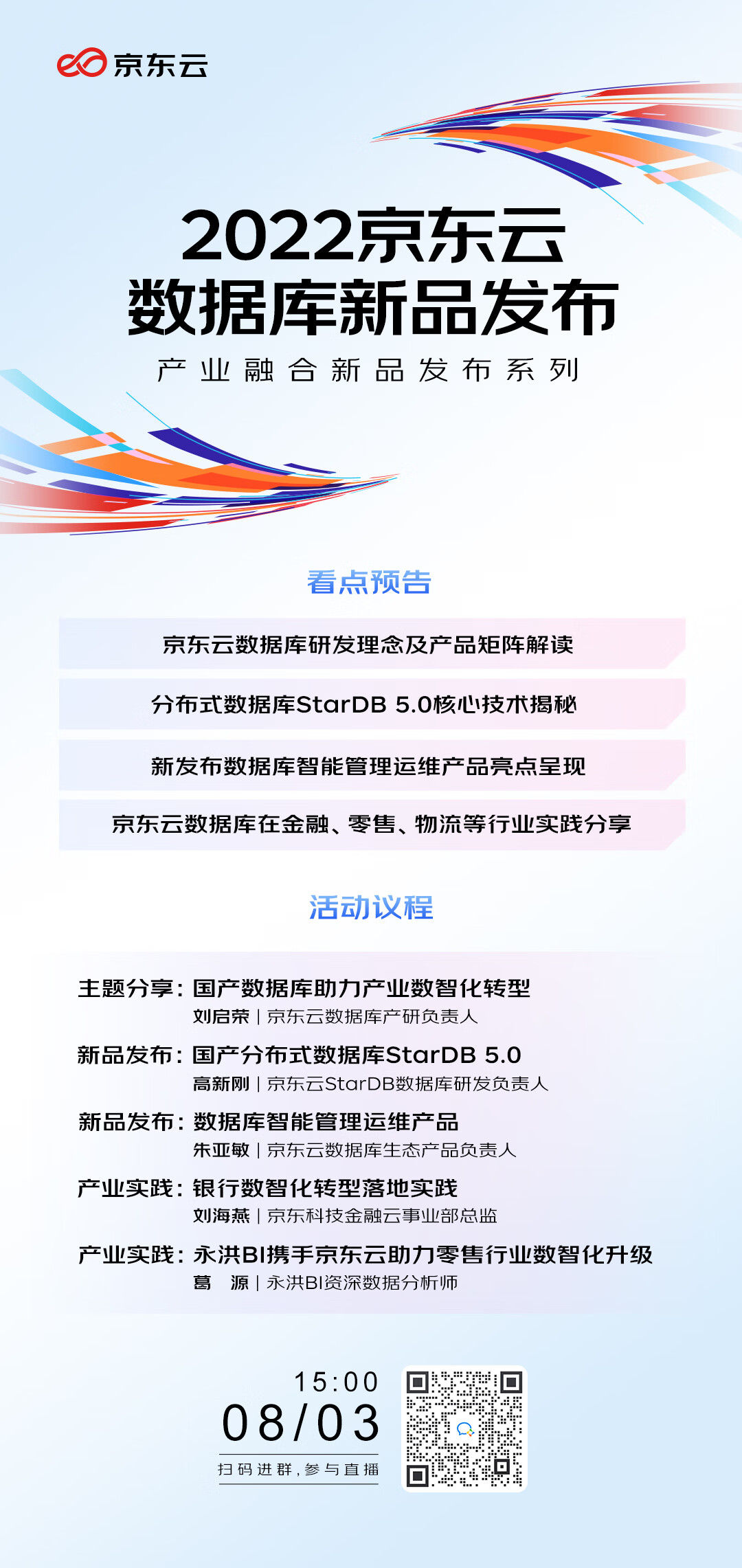
下午见!2022京东云数据库新品发布会
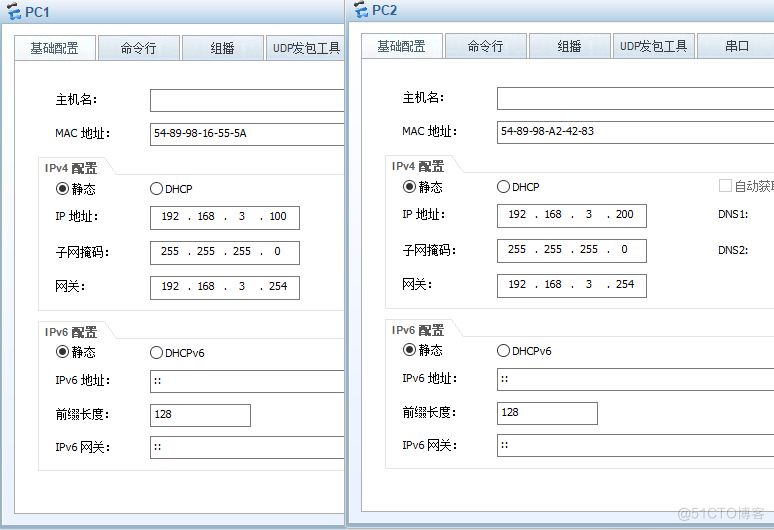
VRRP协议的作用及VRRP+OSPF配置方法

numpy
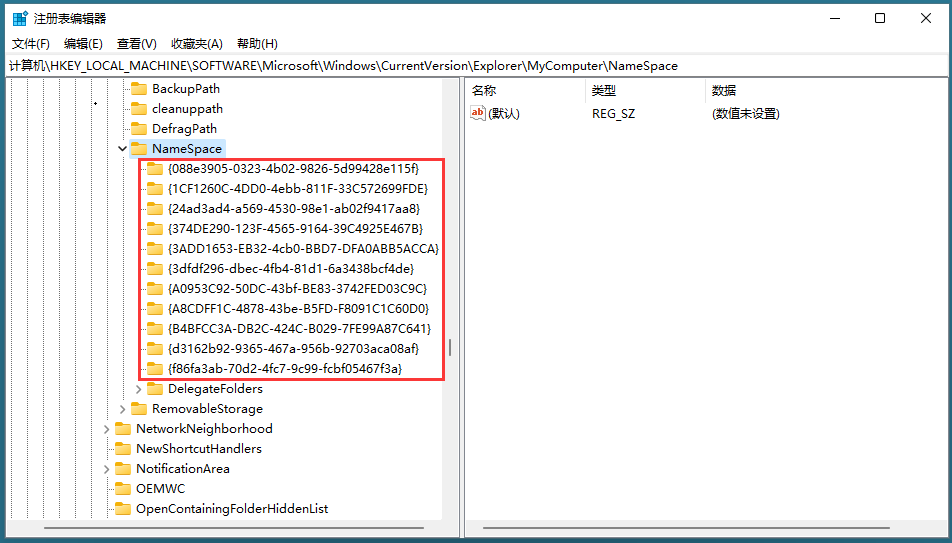
Win10/11 删除文件资源管理器左侧栏目文件夹
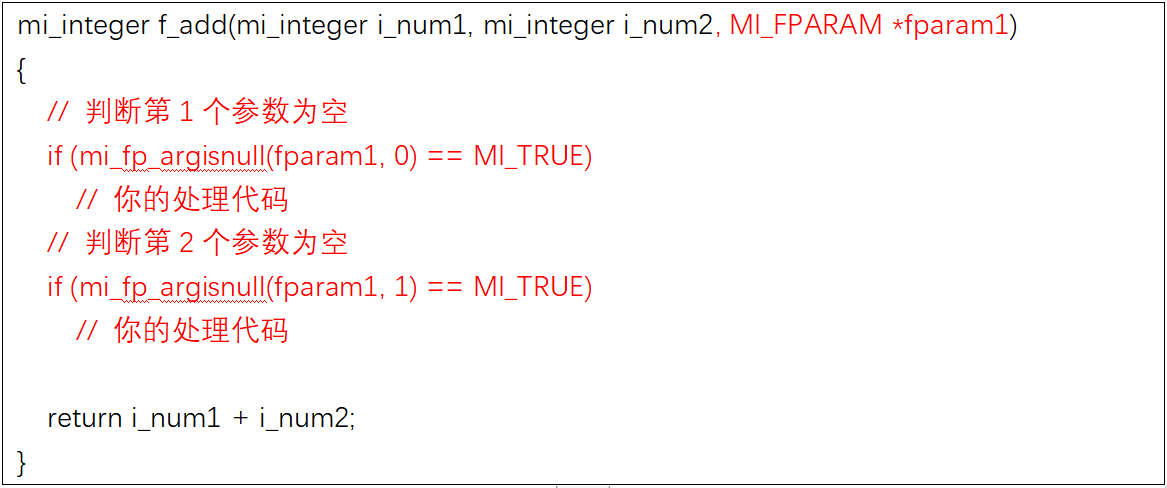
创建C UDR时,指定的HANDLESNULLS的作用是什么?

如何通过DBeaver 连接 TDengine?
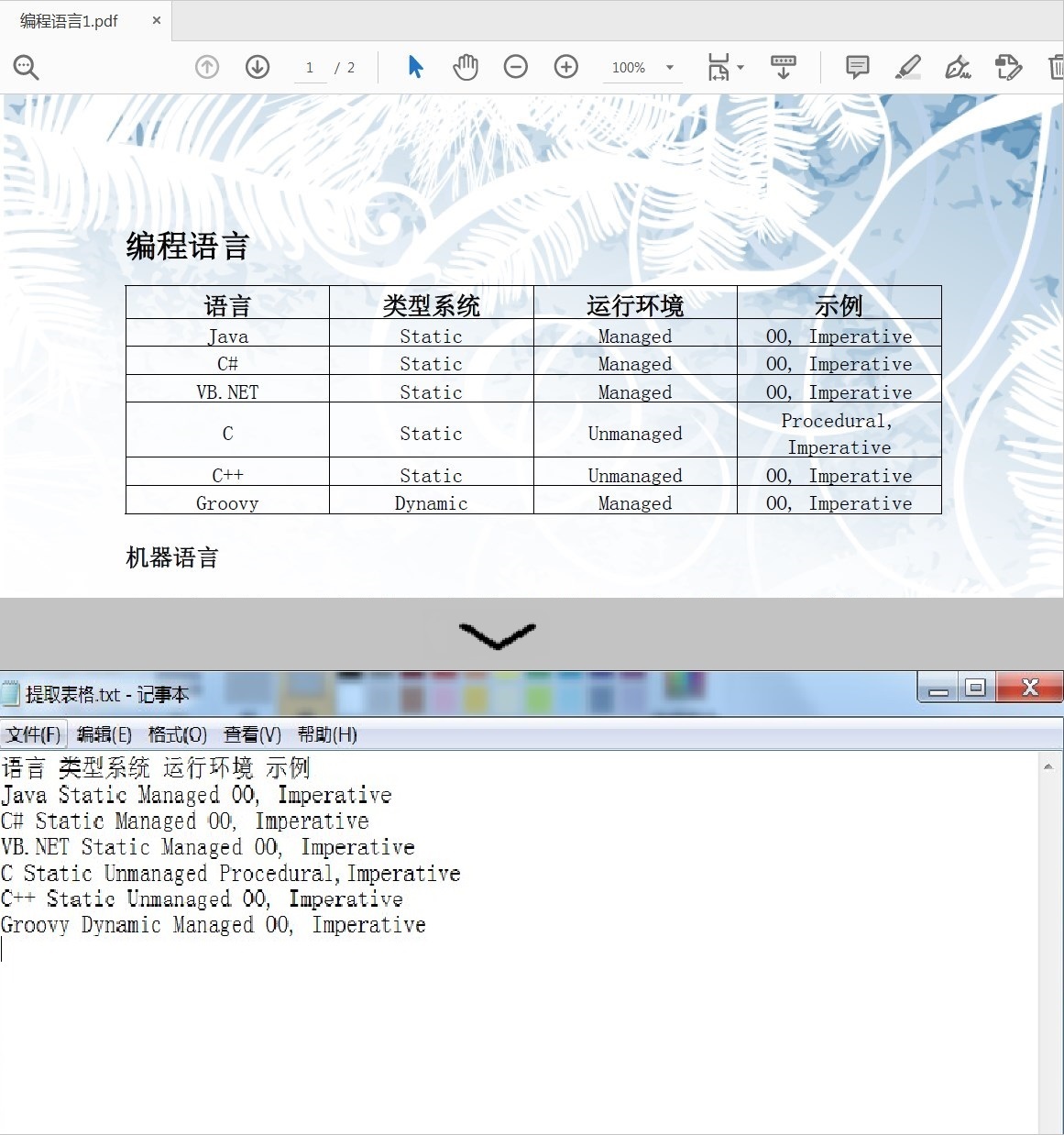
C#/VB.NET 从PDF中提取表格
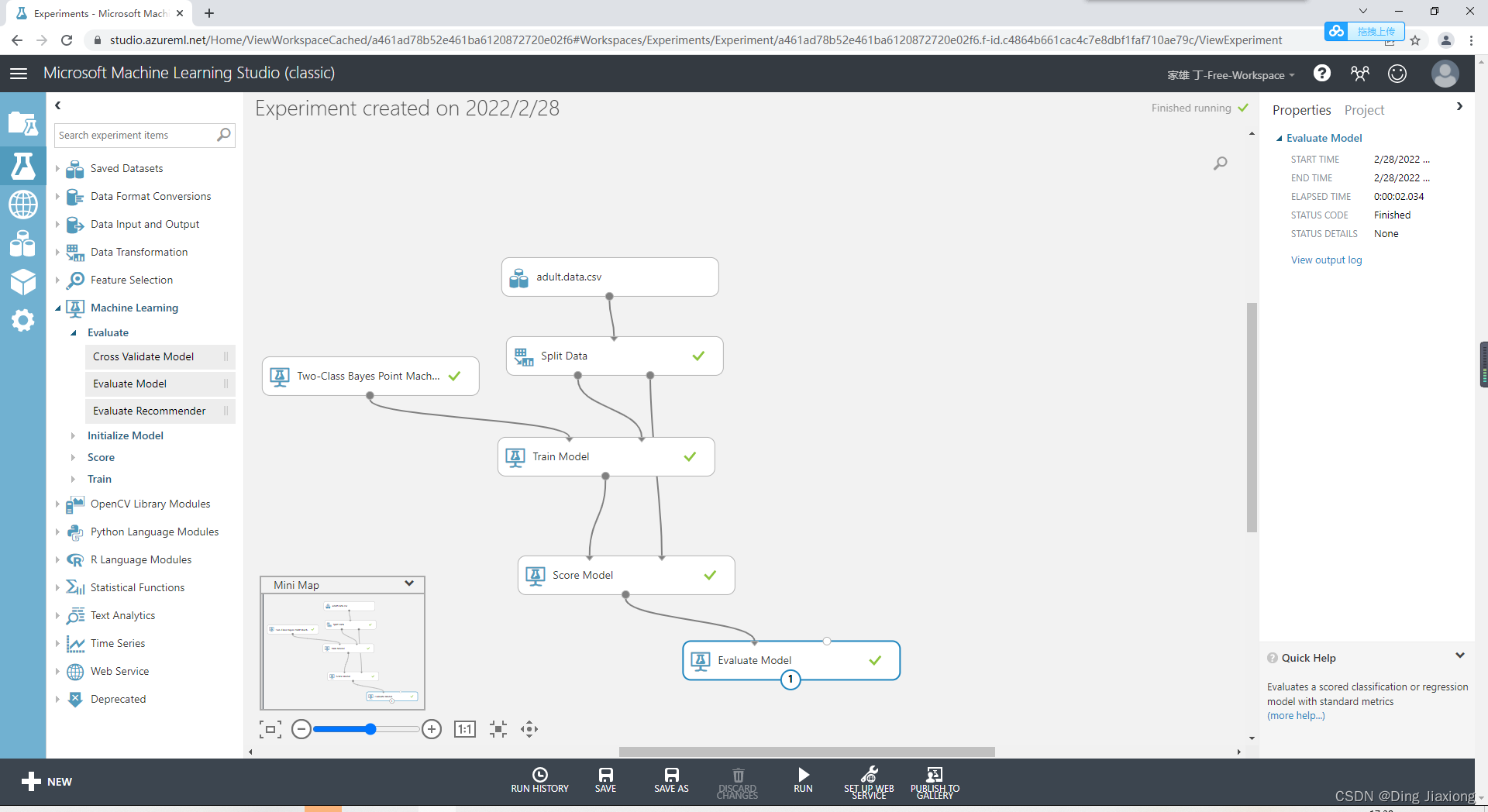
机器学习概述
随机推荐
创建C UDR时,指定的HANDLESNULLS的作用是什么?
[Explanation of JDBC and inner classes]
ARIMA实现(亲测可用)
3D激光SLAM:LeGO-LOAM---两步优化的帧间里程计及代码分析
C - 为什么指针常常初始化为 NULL?
Machines need tokens more than people
Skills required to be a good architect: How to draw a system architecture that everyone will love?What's the secret?Come and open this article to see it!...
MySQL - 2059 - Authentication plugin ‘caching_sha2_password‘ cannot be loaded
509. 斐波那契数
【多线程的相关内容】
Classical Architecture and Memory Classification of Embedded Software Components
FR9811S6 SOT-23-6 23V,2A同步降压DC/DC转换器
浅谈SVN备份
科普大佬说 | 黑客帝国与6G有什么关系?
[LeetCode—Question 2 Sum of Two Numbers Detailed Code Explanation ] The source code is attached, which can be copied directly
Web Server 设置缓存响应字段的一些推荐方案
BPMN和DMN基本概念和使用案例
QT with OpenGL(Shadow Mapping)(面光源篇)
gbase在轨道交通一般都采用哪种高可用架构?
Who is more popular for hybrid products, depending on technology or market?